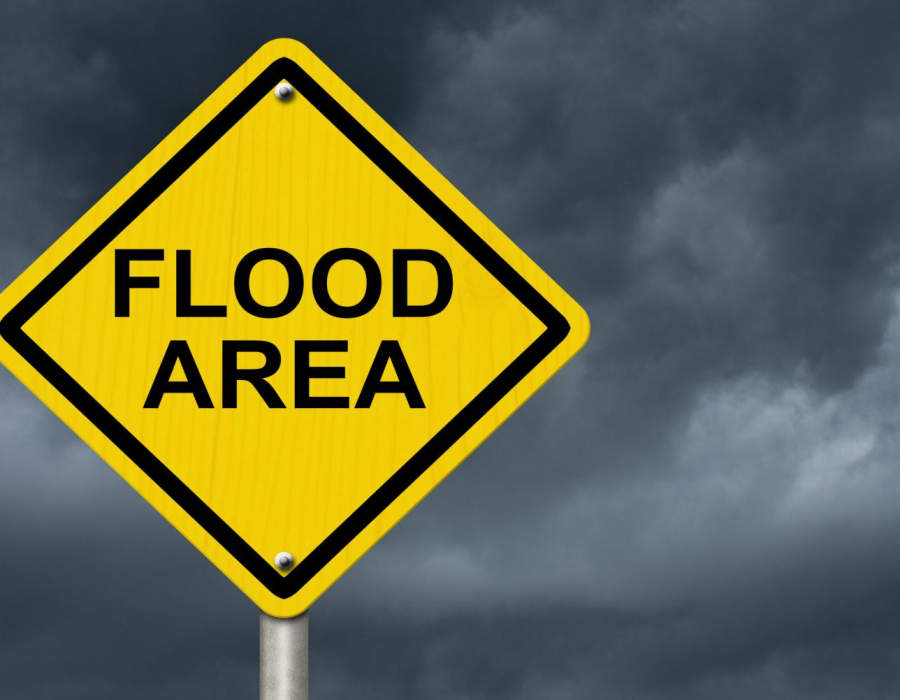Flooding is no longer a distant threat; it increasingly affects suburban streets, industrial areas, and urban centres. With climate change, rapid urbanisation, and extreme weather, the stakes are rising for homeowners, businesses, and communities across Australia.
Flood risk assessments might sound complicated, but they can literally save lives and protect property. For example, one small business in Brisbane avoided major losses after an assessment highlighted a weak drainage area on their property. John from iREACT, an independent expert in flood risk assessment, has helped communities and businesses uncover hidden vulnerabilities and implement effective preparedness strategies.
This article explains why independent flood risk assessments are essential for reducing risks and improving resilience..
- Understanding Flood Risk Assessments
A flood risk assessment evaluates how likely a property or area is to experience flooding and what the potential impacts could be. It considers historical data, geographic vulnerabilities, local infrastructure, and operational processes.
A thorough flood risk assessment can uncover hidden vulnerabilities, like poor drainage or the unpredictable behaviour of nearby waterways. Independent experts dig deeper, using a mix of data analysis, hydrological modelling, and on-site inspections. This approach enables the detection of risks that standard evaluations may overlook.
- Limitations of In-House or Vendor-Led Risk Assessments
Internal teams or contractors bring knowledge of the site, but familiarity can create blind spots. Operational bias can lead to underestimating risks. Vendors may focus on familiar solutions while overlooking others.
Objectivity is key. Independent assessments offer a complete, unbiased view of risk. That clarity can make a significant difference when flooding occurs.
- Advantages of Independent Flood Risk Assessment
Independent assessments provide impartial, tailored advice based on specific locations, infrastructure, and operational needs. Even two similar sites can have very different risk profiles due to subtle geographic or structural differences.
These assessments also carry credibility with stakeholders, regulators, and insurers. They show that preparedness is taken seriously, which can speed emergency response, reduce damage, and even lower insurance costs.
- How Independent Assessment Benefits Businesses
Floods can halt operations, damage equipment, or destroy inventory in hours. Independent assessments identify where disruptions are likely and which preventive measures are most effective.
Aside from safeguarding property, independent assessments help build confidence. Employees feel safer, customers trust that operations will continue, and partners know risks are actively managed. Preparedness provides a level of assurance that can be surprisingly valuable.
- How Independent Assessment Benefits Communities
Communities also gain from independent assessments. Councils and neighbourhood groups can plan more effectively, whether by improving evacuation routes, reinforcing infrastructure, or coordinating emergency services.
The benefits extend beyond logistics. Public trust in safety measures increases when assessments come from neutral experts. People are more likely to follow guidance and take precautions seriously, which reduces both risk to life and economic loss.
- Conclusion
Flood risk assessments are essential for resilience. Independent expertise, such as that provided by John at iREACT, ensures businesses and communities understand vulnerabilities and know how to address them.
With the right Flood Risk Assessment Consultant, communities and businesses gain confidence and clarity, knowing exactly where to focus their efforts before disaster strikes. It may not prevent floods, but it ensures a more prepared, resilient response.





Comments